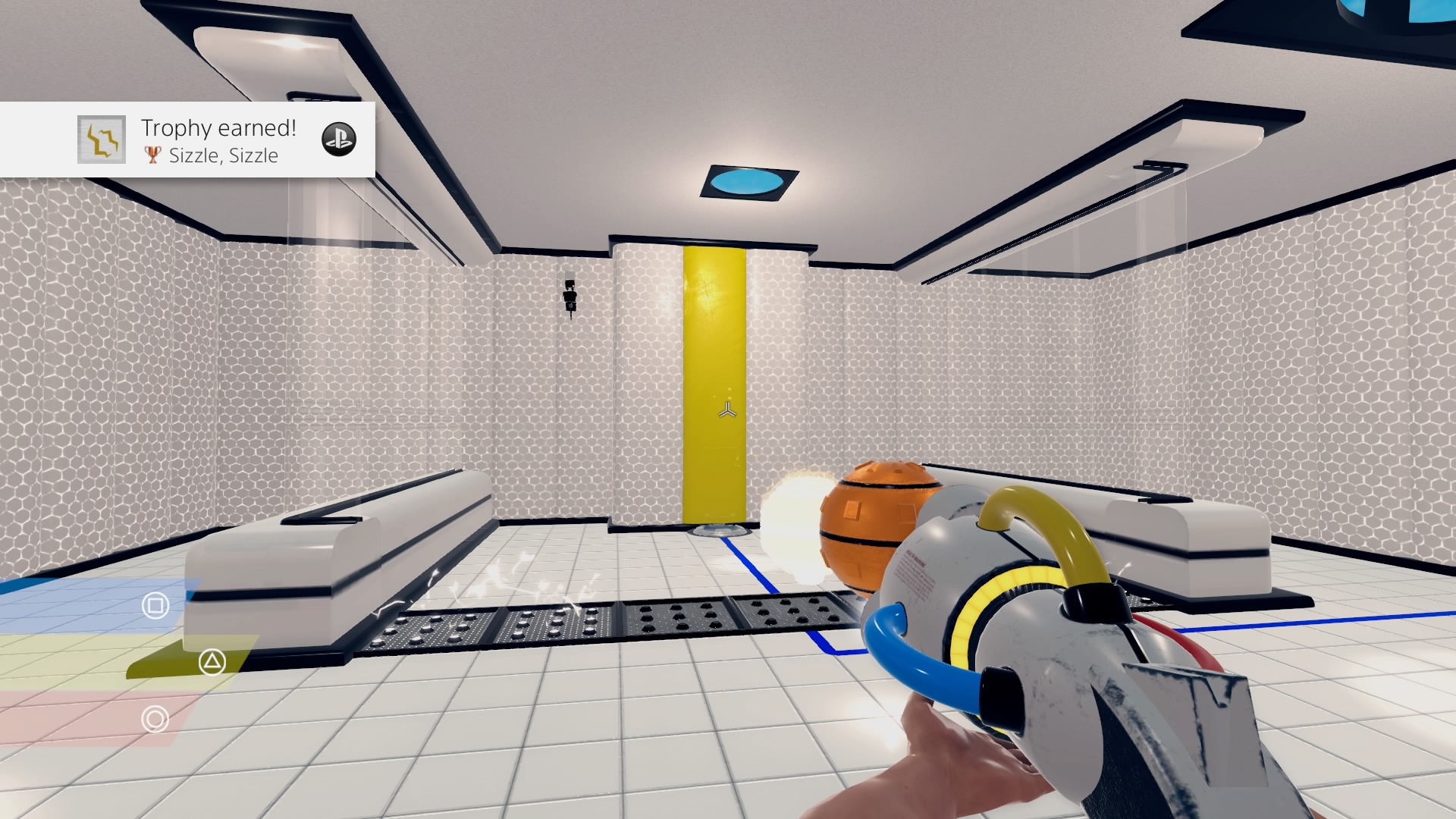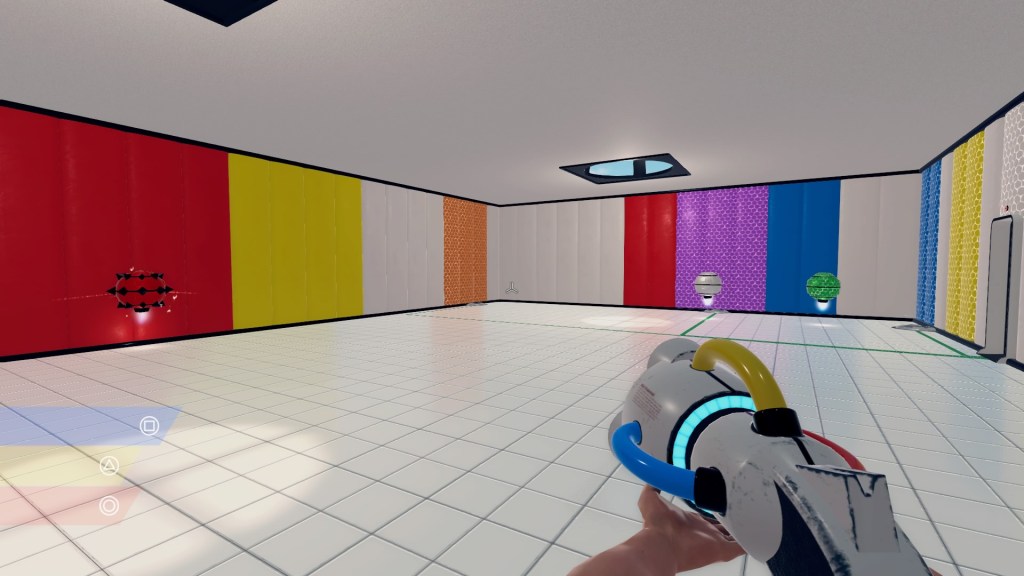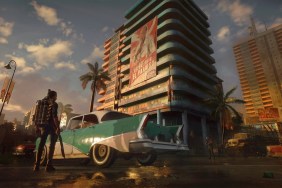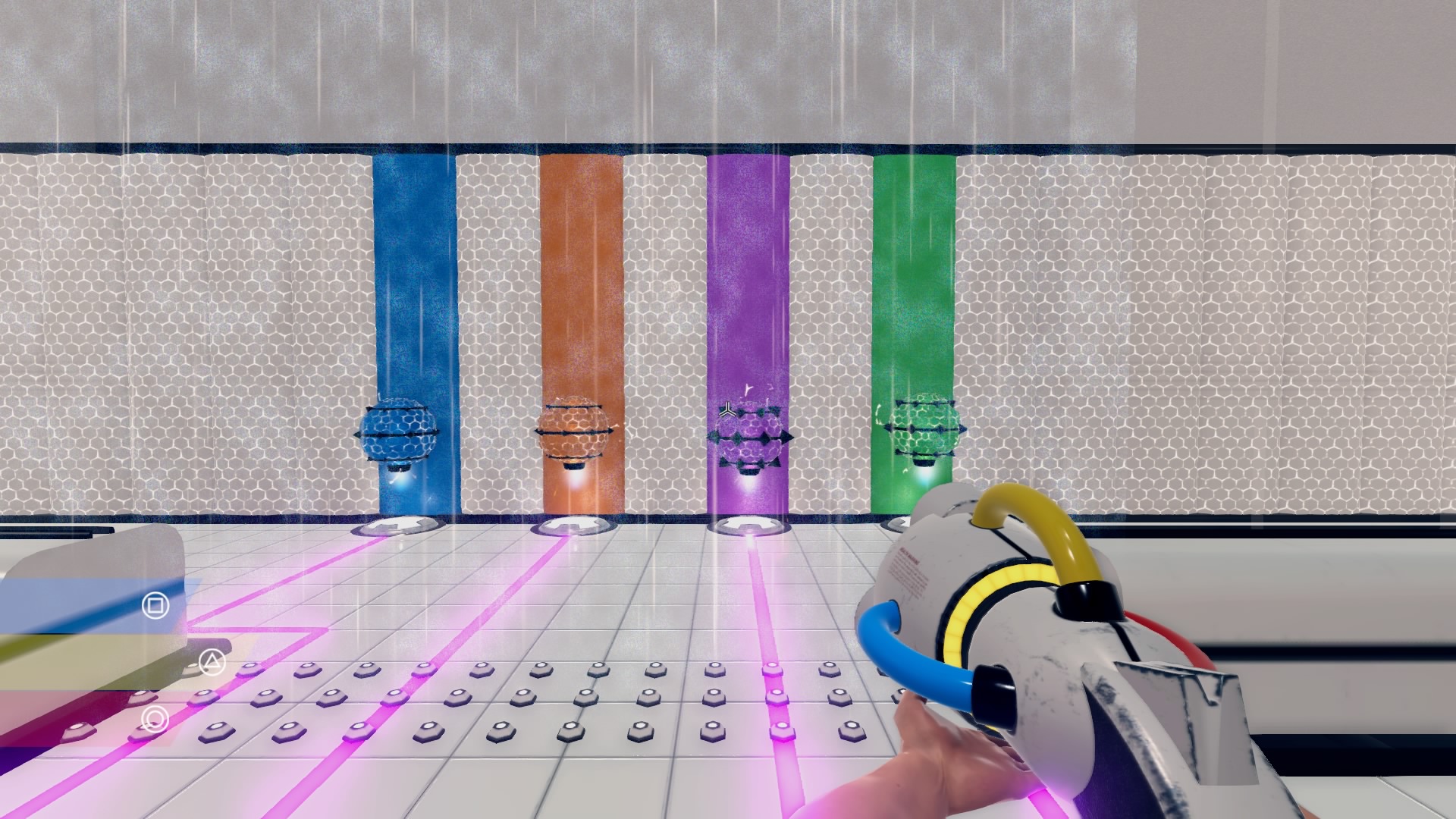
Imagine a world where you are trapped in a nondescript, sterile, and almost scientific building, armed with only your wits and a sidearm that doesn’t actually shoot bullets. Just to complicate matters slightly, you are forced to participate in a series of heavily scripted tests, meant to push your mental faculties to their breaking point. Oh, and did I mention that a disembodied commentary from some unknown source is piped directly into your testing chamber? If that sounds familiar, it must mean you played the new PS4 release ChromaGun, back when it debuted on PC in February of last year. I mean, who else would be crazy enough to duplicate such an oddly specific game design?
Déjà Vu
I am just going to drop the sarcastic facade and state it so emphatically that it could never be in doubt: ChromaGun wants to be Portal so badly that it probably had a job interview with Cave Johnson. Aside from the somewhat major fact that there aren’t any actual portals in the game itself, this is about as earnest a knock-off as I’ve ever seen. Even the damn companion cube has a doppelganger in the form of the WorkerDroids. If it wasn’t for the fact that these droids would rather maim than aid you, I think that we would’ve had a lawsuit on our hands.
Now this isn’t to say that drawing inspiration from one of the best first-person puzzle games of all time is a bad thing. To its credit, it does a great job of coming up with its own twist on puzzles, through utilizating of the aptly named, ChromaGun. As you might expect, the core functionality of this firearm revolves around the use of colors and their combinations to solve environmental puzzles. Ultimately, the primary goal is to escape each room and move on to the next testing chamber, without allowing the WorkerDroids to indulge their inner bloodlust for your tender flesh in the process. Things only get more colorful from there.
The process of trying to clear a chamber is usually fairly simple in concept but can end up being far more difficult than would be initially anticipated. The early bulk of missions revolve around trying to coax droids into activating pressure platforms, which will in turn open a specific door. The primary method for moving these mechanical nightmares is through matching colors. Any given bot is attracted to objects of the same color. Using the ChromaGun, the player can splash exposed walls with paint that will in turn draw the homicidal contraption closer.
Coloring Outside the Lines
Eventually the puzzles and color palette expands beyond the primary shades of red, blue and yellow. Any combination of two different dyes will result in the same basic colors that would be found in a kindergarten finger-painting collage. Mixing blue and red results in purple, while blue and yellow would create green and red and yellow would produce orange. Adding a third color to any of the other mixed shades will result in a dark colored tone that doesn’t attract any attention whatsoever. As rudimentary as these core mechanics may sound on a surface level, it doesn’t take long for the unexpected depth of this design to become very apparent.
Complicating matters slightly, there are several scenarios where WorkerDroids can also be painted by the player’s arsenal. There are even stages where the mechanical abominations are actually devoid of any pigment until the player defines it. The trick is that once these man-eaters have been hit in any way, suddenly the player becomes target and enemy number one. For this reason, it’s critical to plan in advance and have an anchor wall already painted and prepared to grab focus away the bot’s perceived assailant.
Early on I admittedly wondered how the game would manage to stretch out such meager core mechanics. However, it doesn’t take long to realize that there is far more going on under the hood than might meet the eye. Once you’ve grasped how all of these basic mechanics combine together, ChromaGun does a fairly solid job of introducing new environmental objects that add just enough variety to turn your brain inside out. It’s at this point you are forced to essentially throw out all previously held assumptions and rethink how to approach every scenario.
Over the course of the four to five hour campaign, the complexity of the puzzles ramp rather elegantly. That said, as stage layouts become more elaborate, the whole concept of “winging it,” goes completely out the window. The deeper that you progress, the more it becomes crucial to pay attention to every square inch of a level’s design. One key piece of advice is that players shouldn’t be afraid to backtrack, in order to eventually progress. The trick becomes determining when this backtracking will be beneficial, instead of re-introducing a previously cleared dead end. The complexity of some of these later challenges are what really helps justify the earlier comparisons to the original Portal’s abbreviated campaign.
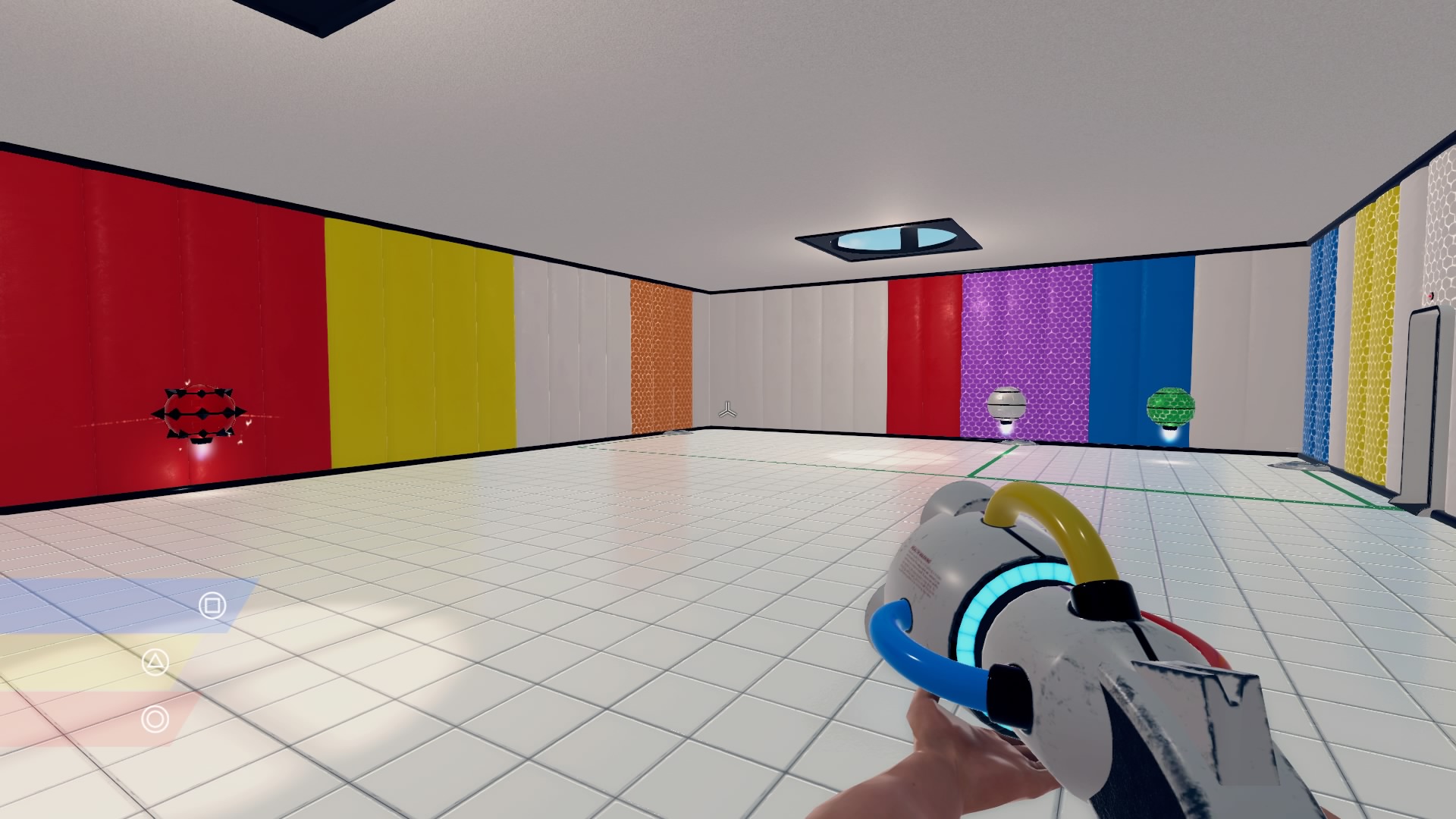
An Imperfect Canvas
Probably the one thing that I found most curious was the seemingly sporadic use of campaign narration. I managed to complete nearly two of ChromaGun’s seven chapters before I had even heard the voice. It turns out that the commentary doesn’t actually engage until after the player has died for the first time. Only then is it activated until the game is turned off. Upon resuming, the narrator is seemingly once again bound and gagged, until the next self-inflicted maiming. Why this happens is a bit beyond me, especially when I found the narrator’s harmless negging to be hilarious in small doses. This seems like a genuine missed opportunity that could’ve been further exploited to even further draw parallels to the game’s unnamed spiritual successor.
The other element that I found to be a bit off-putting was the fact that entirely new environmental mechanics were being introduced very late in the game. It has been said that variety is the spice of life, but when a new tool is added to the toolbox fairly late in a campaign, it can become hard to perfect said item’s inner-workings before it becomes crucial to completing some of the final missions. This may not end up being a showstopper for some, but for me it ended up creating several unnecessarily frustrating roadblocks that prolonged my runtime at the cost of my patience.
If imitation is the sincerest form of flattery, then ChromaGun is one of the most lovingly crafted manifestos I’ve ever seen. It effortlessly parallels the world of Portal, while injecting more than enough originality to be able to stand on its own. It may not quite meet the gold standard that was established by Valve’s masterpiece, but I can’t help but wonder how much more impressive it might have felt, if ChromaGun had actually pre-dated Portal. While certainly not reinventing the wheel, this is an experience that will surely satiate any puzzle fiend, searching for a more colorful way to embrace their inner tester.
Review code for ChromaGun provided by the publisher. Reviewed on PS4. For more information on scoring, please read our Review Policy here.
-
A collection of very interesting game mechanics
-
There is a steady stream of new content introduced throughout the campaign
-
It doesn't overstay its welcome
-
There should be more narrator!
-
New mechanics should be given a bit more time in the instructional stages
-
Have I been here before?
ChromaGun Review
-
Chromagun_20170810232224
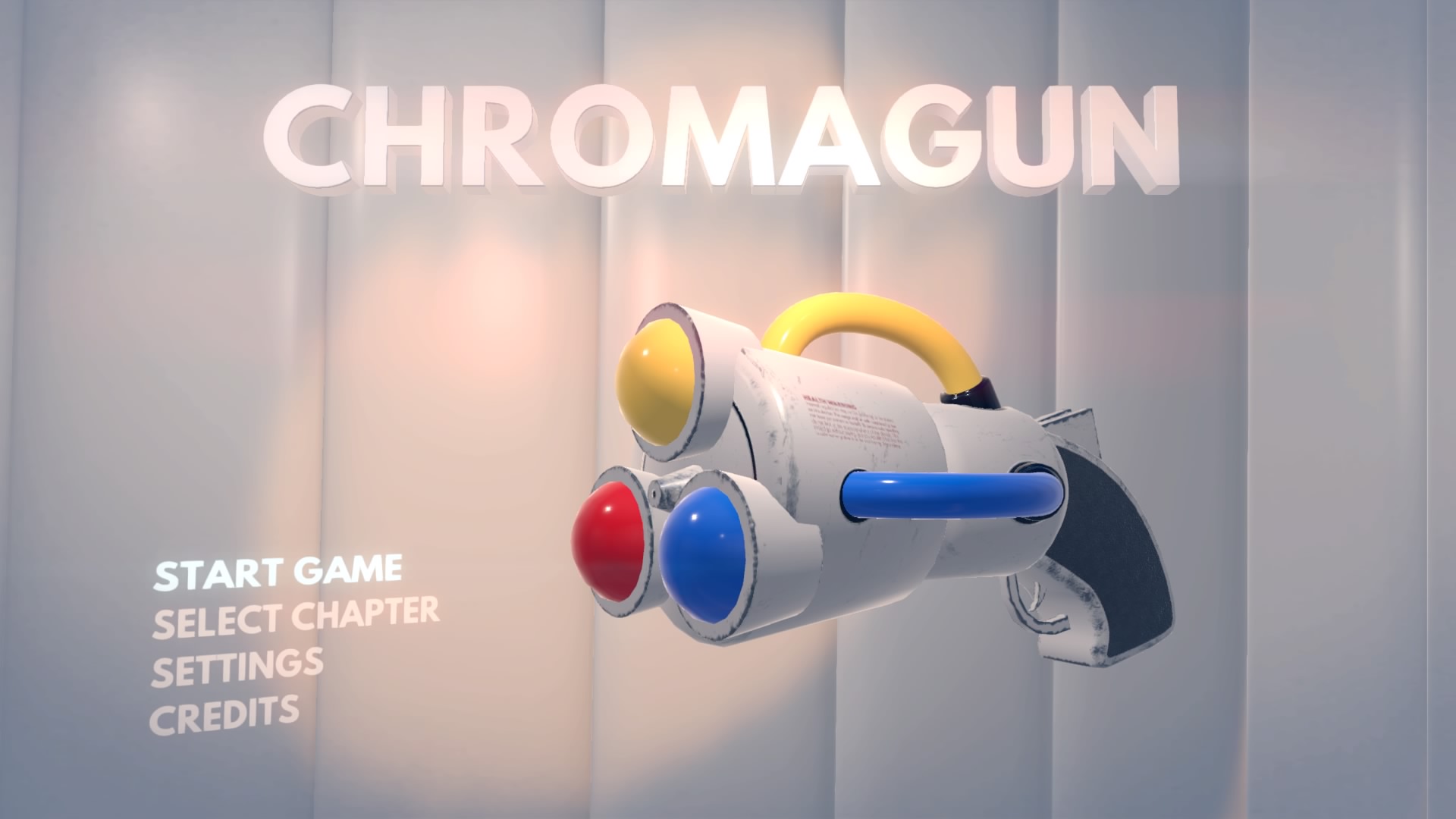
-
Chromagun_20170810232234
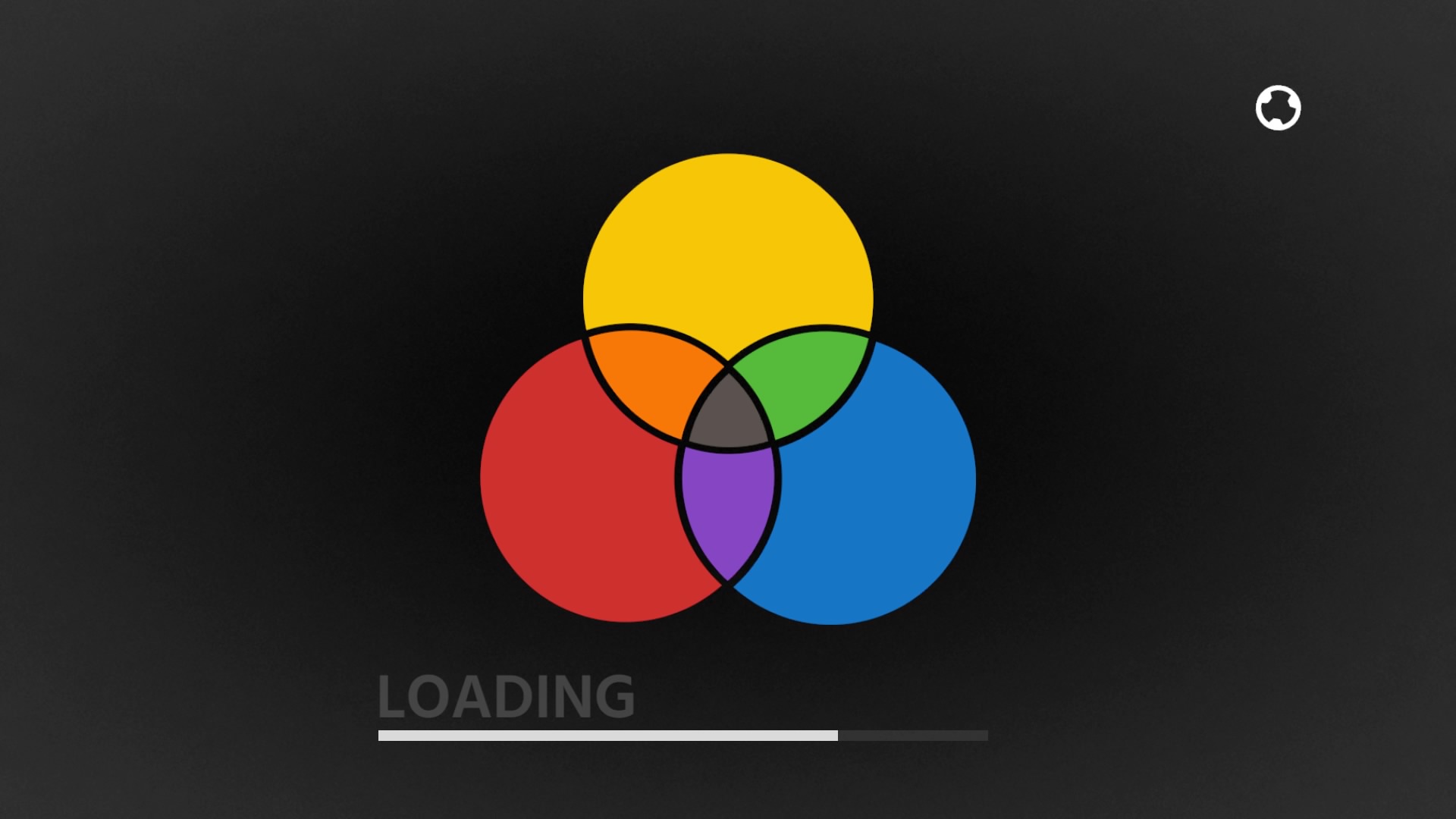
-
Chromagun_20170810232304
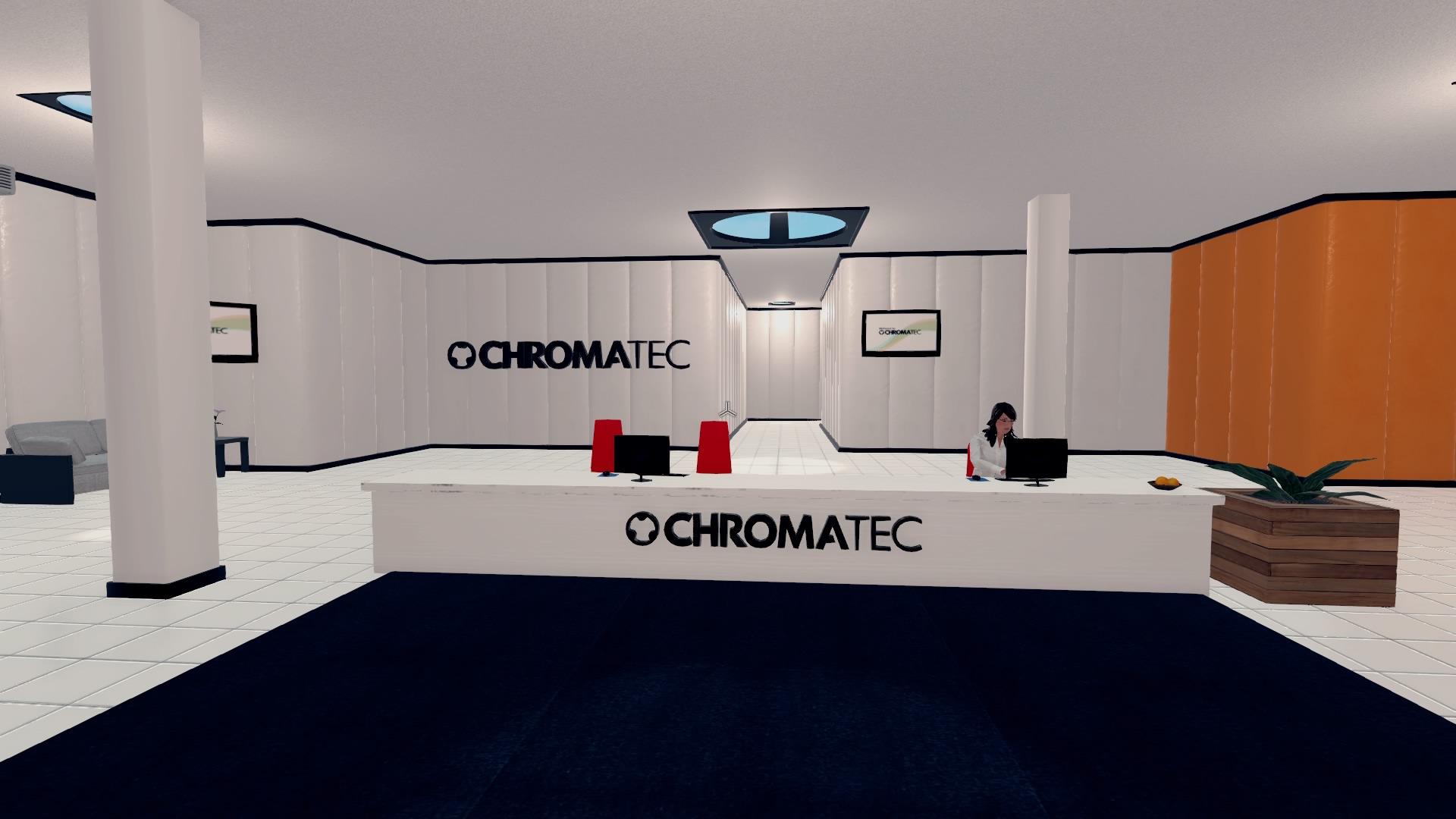
-
Chromagun_20170810232310
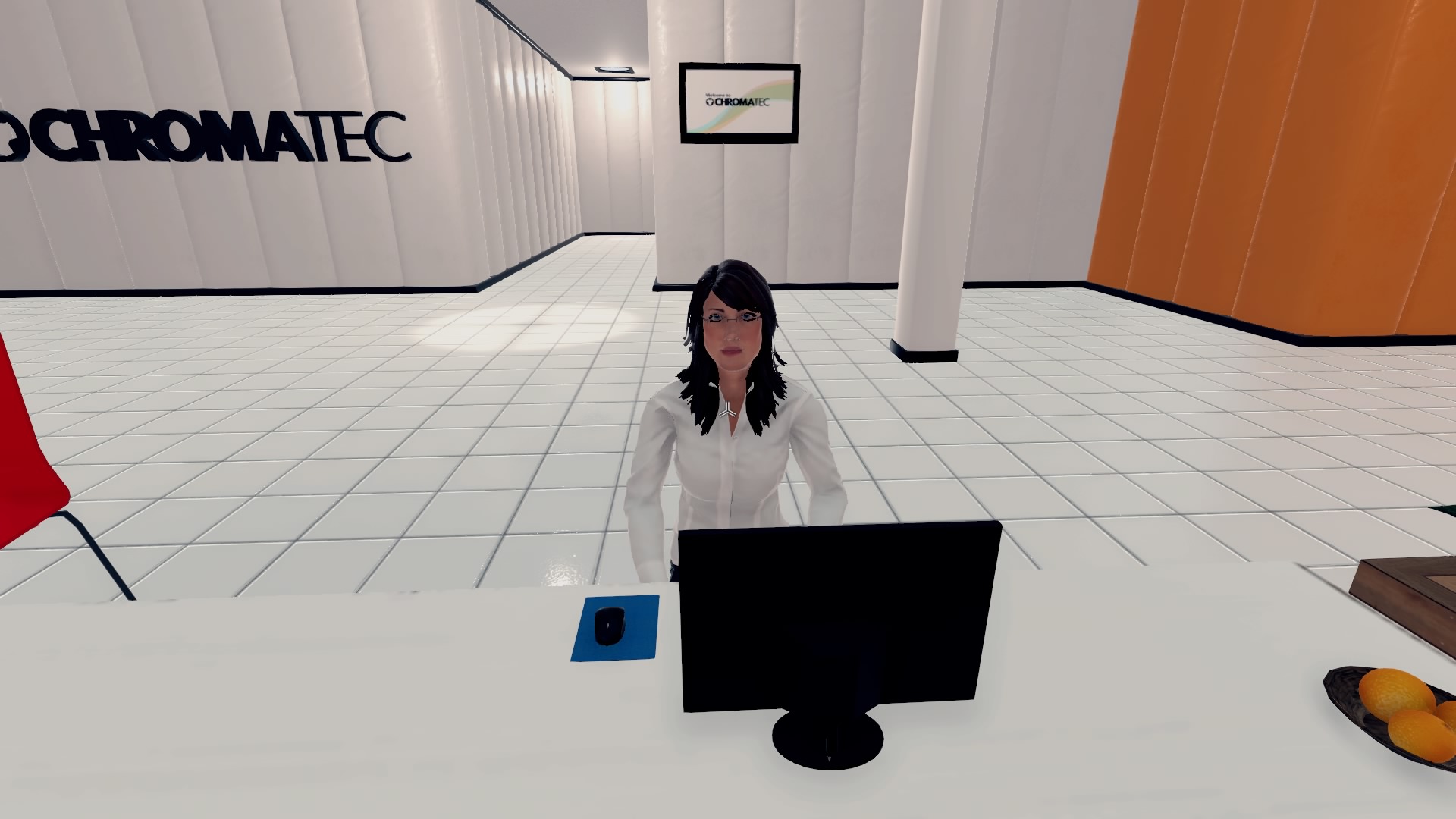
-
Chromagun_20170810232407
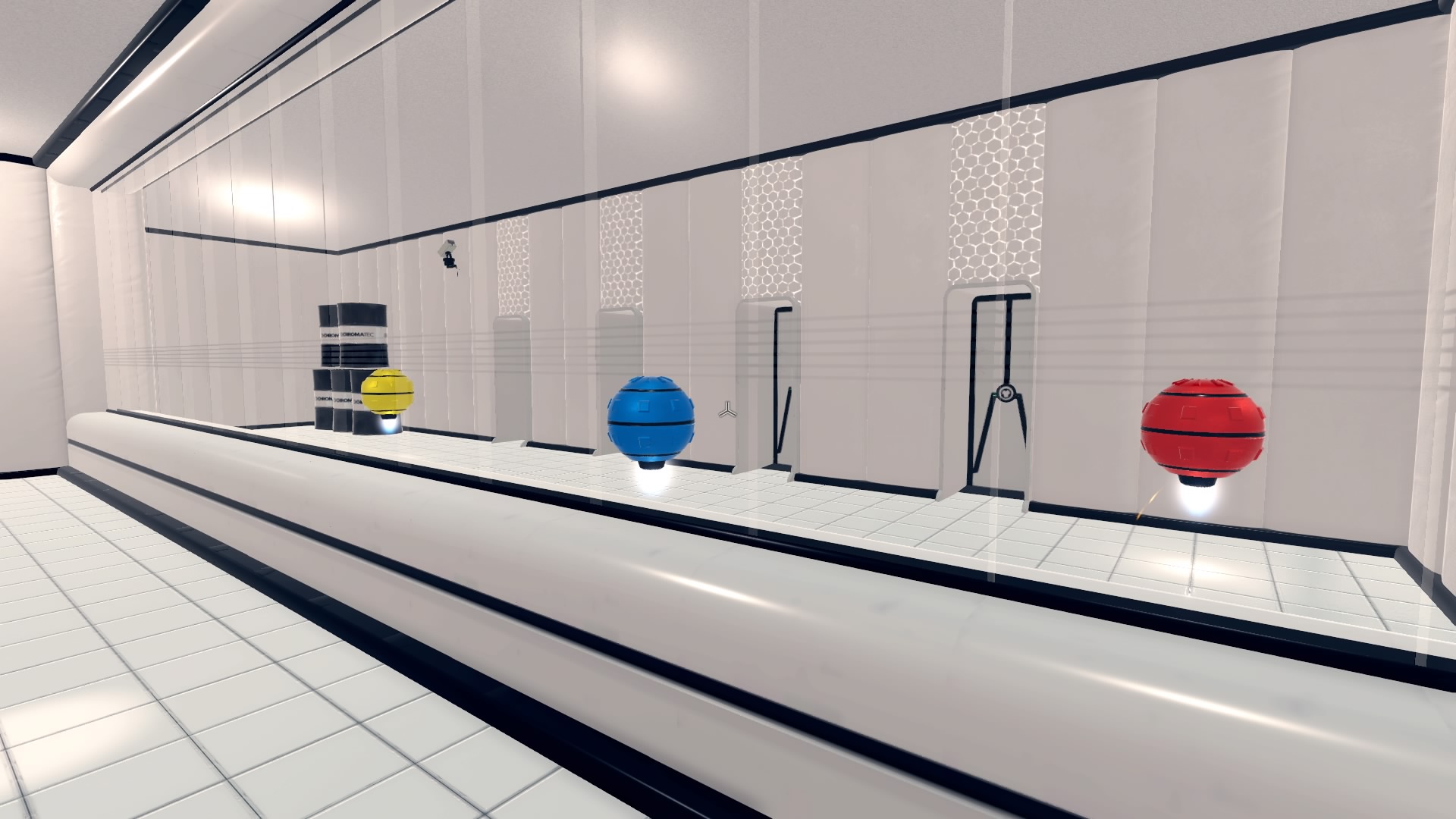
-
Chromagun_20170810232424
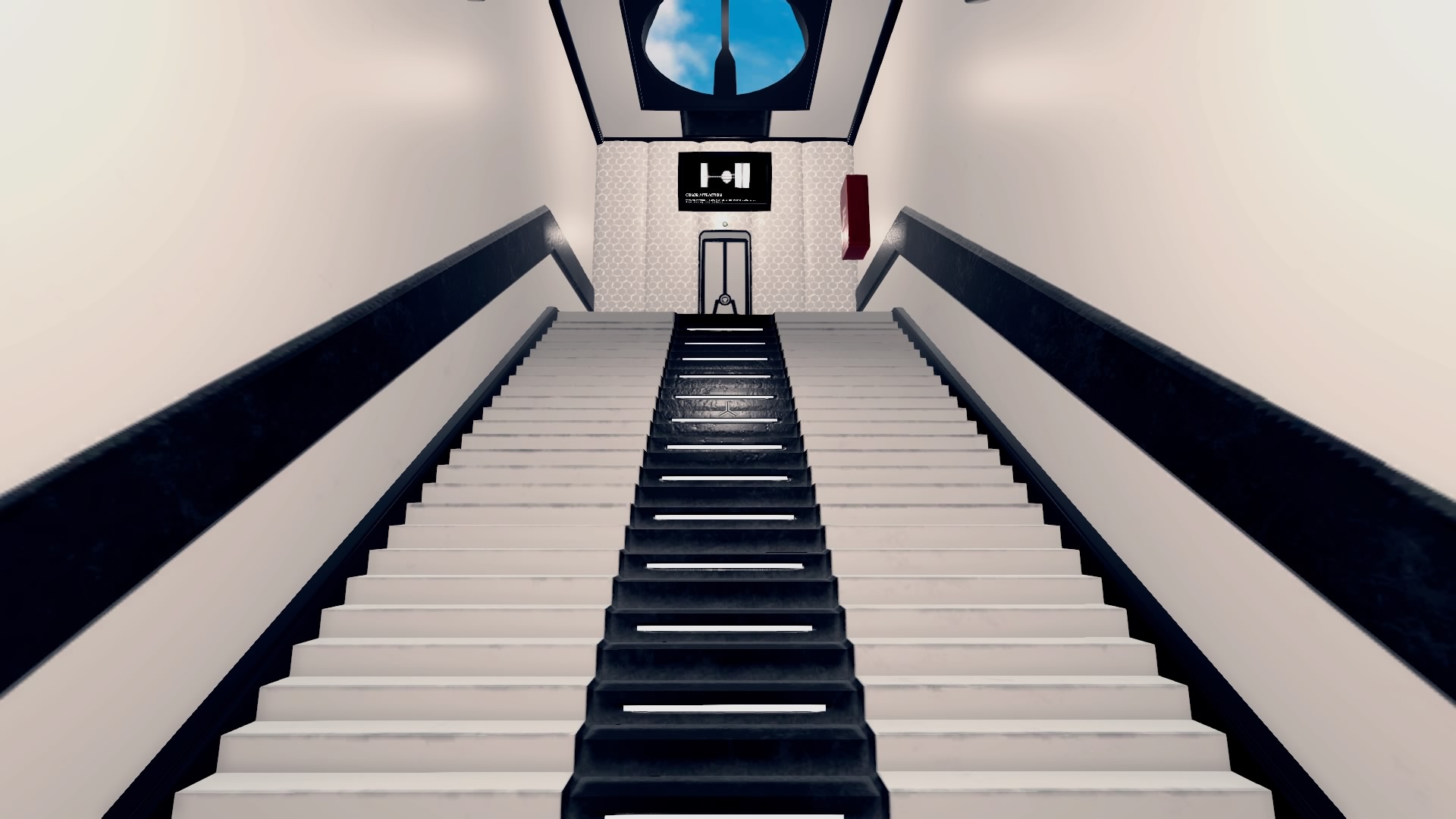
-
Chromagun_20170810232441
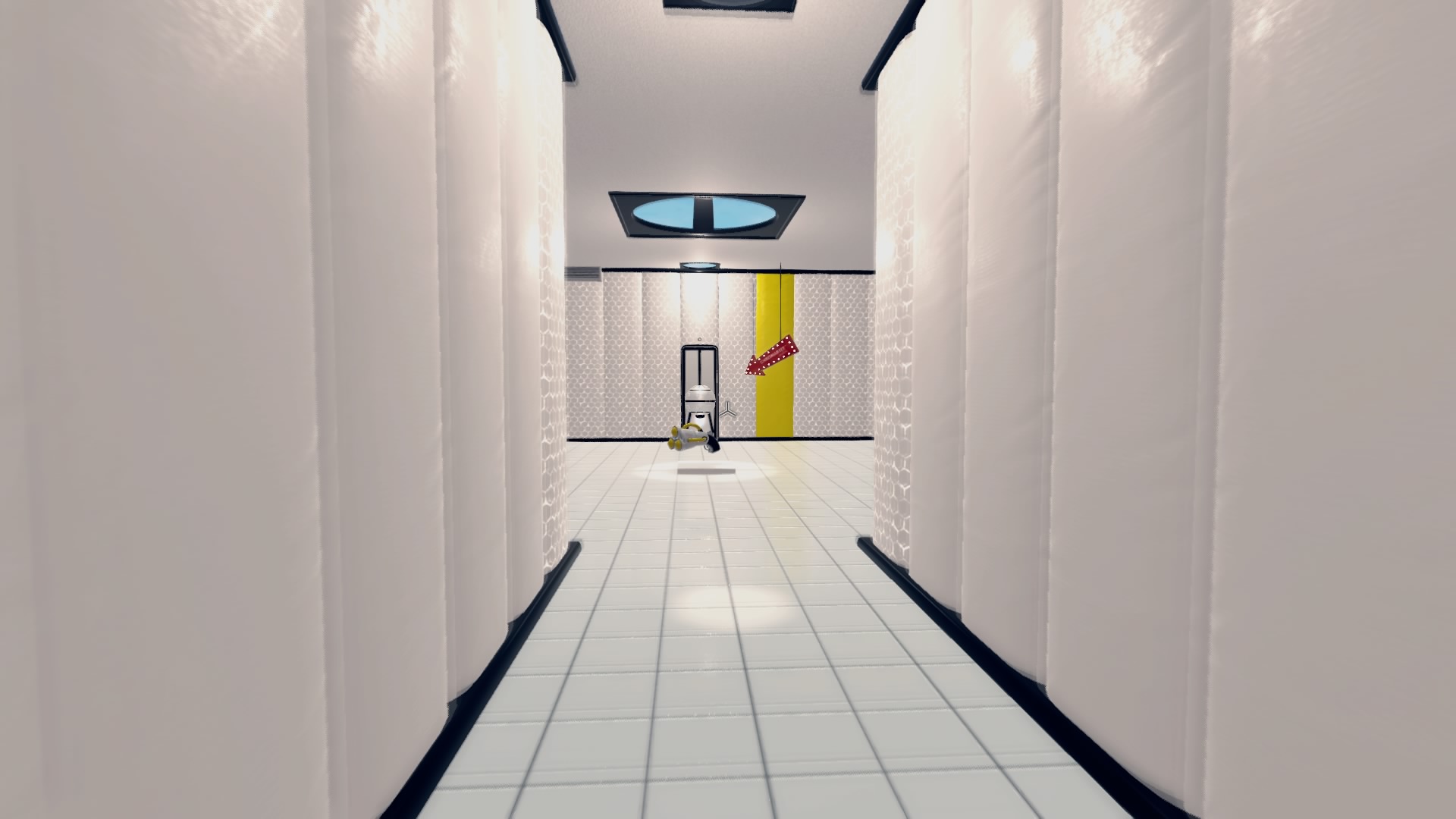
-
Chromagun_20170810232447
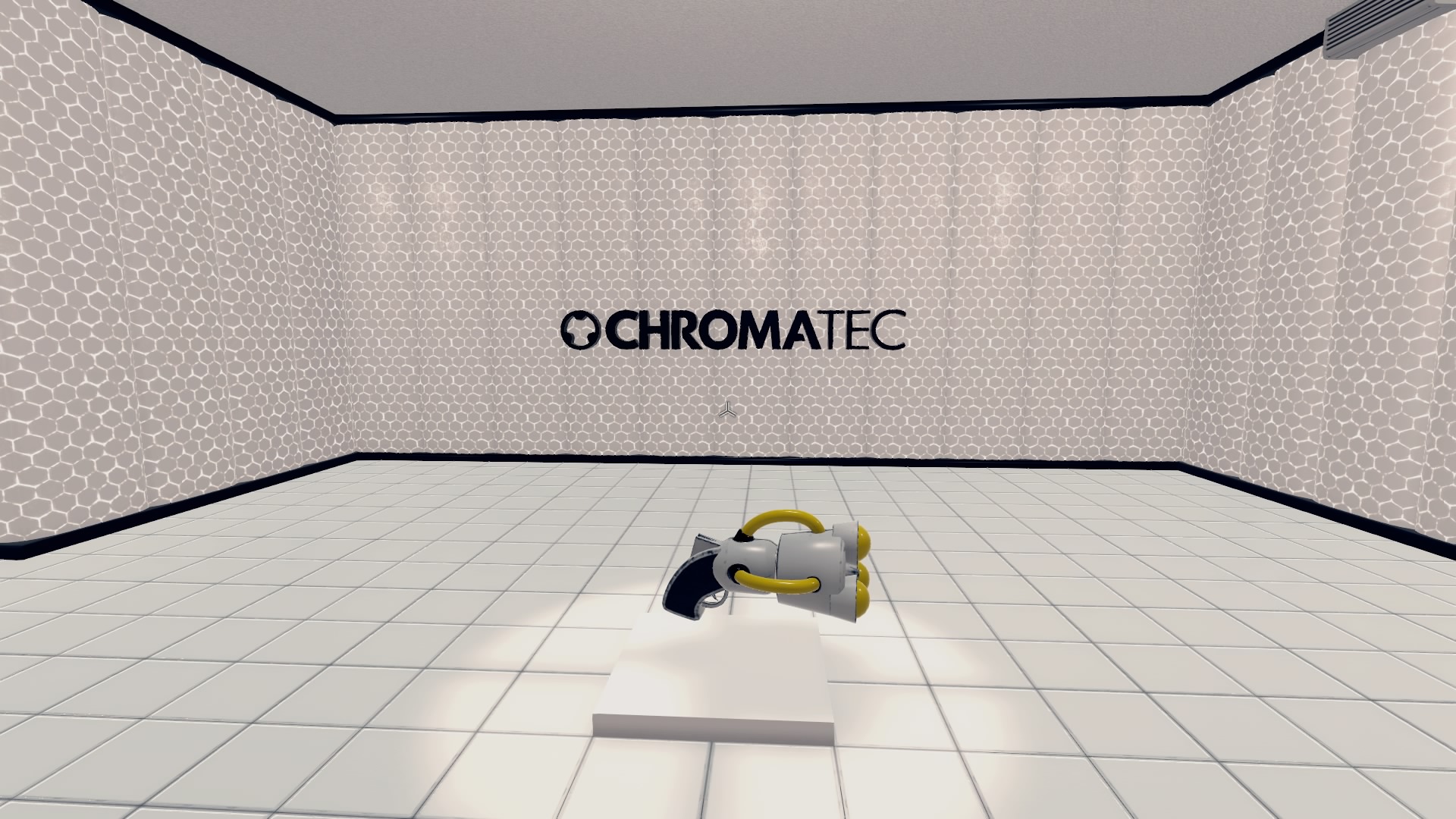
-
Chromagun_20170810232544
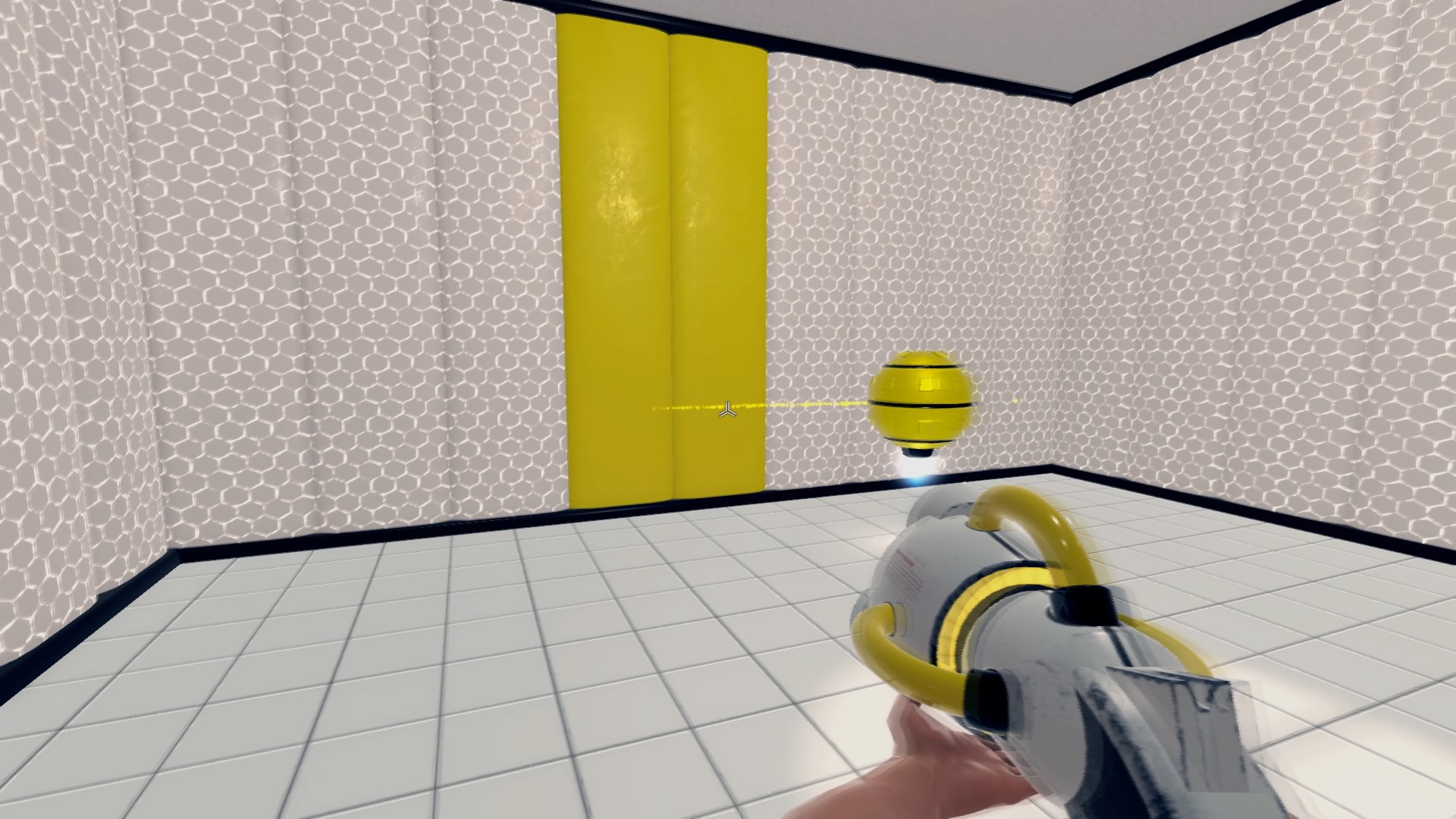
-
Chromagun_20170810232612
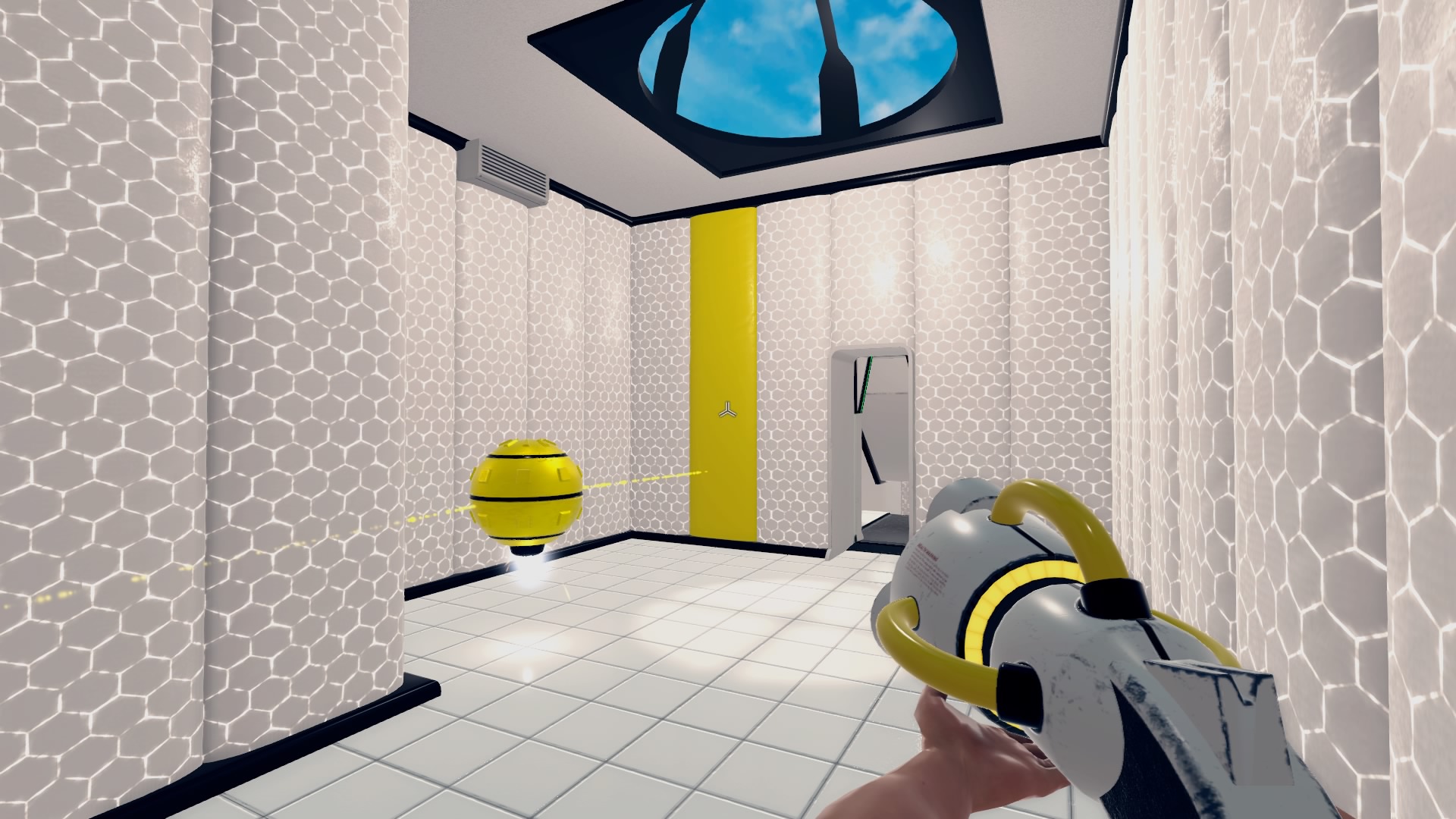
-
Chromagun_20170810232709
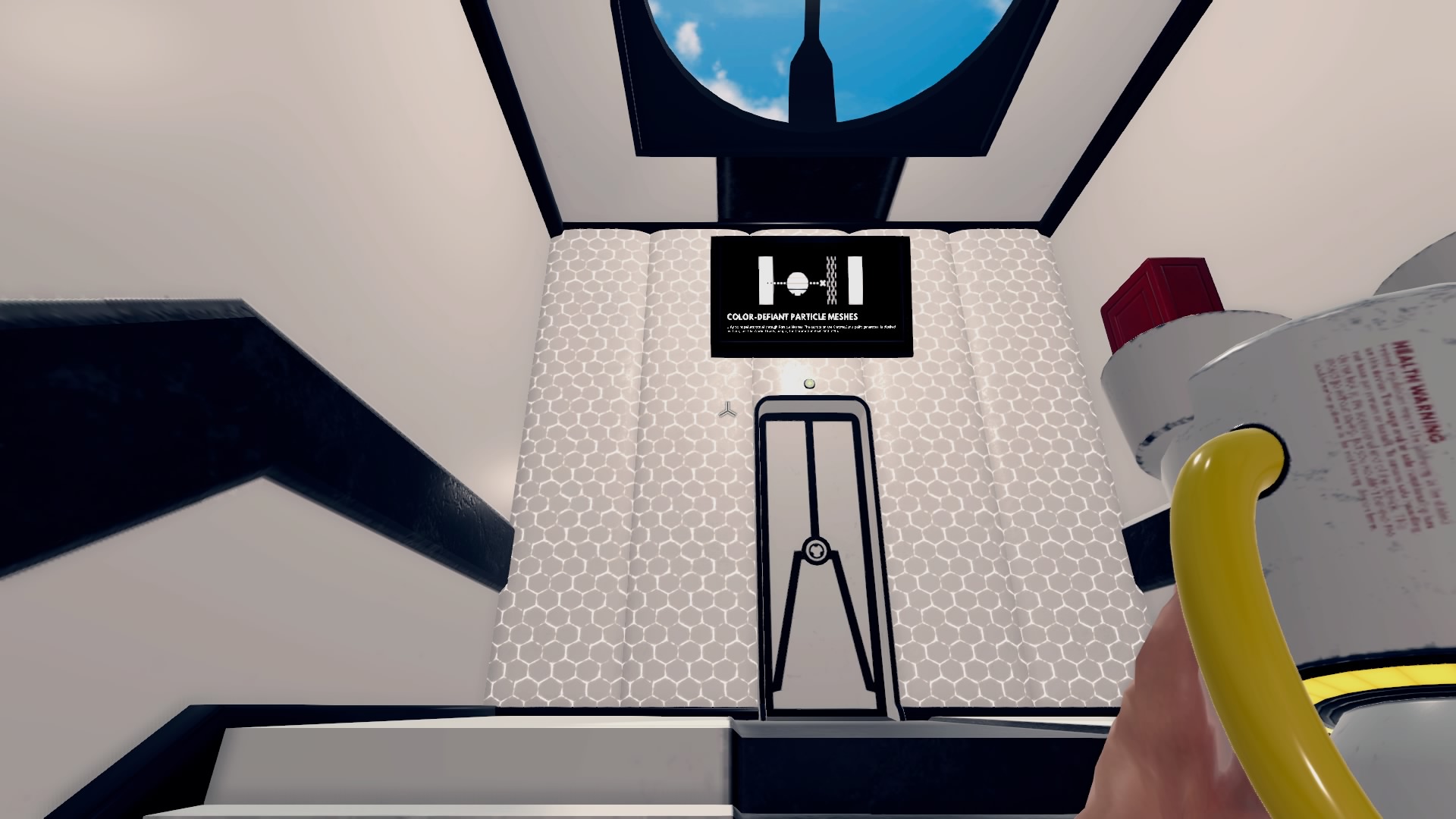
-
Chromagun_20170810232805
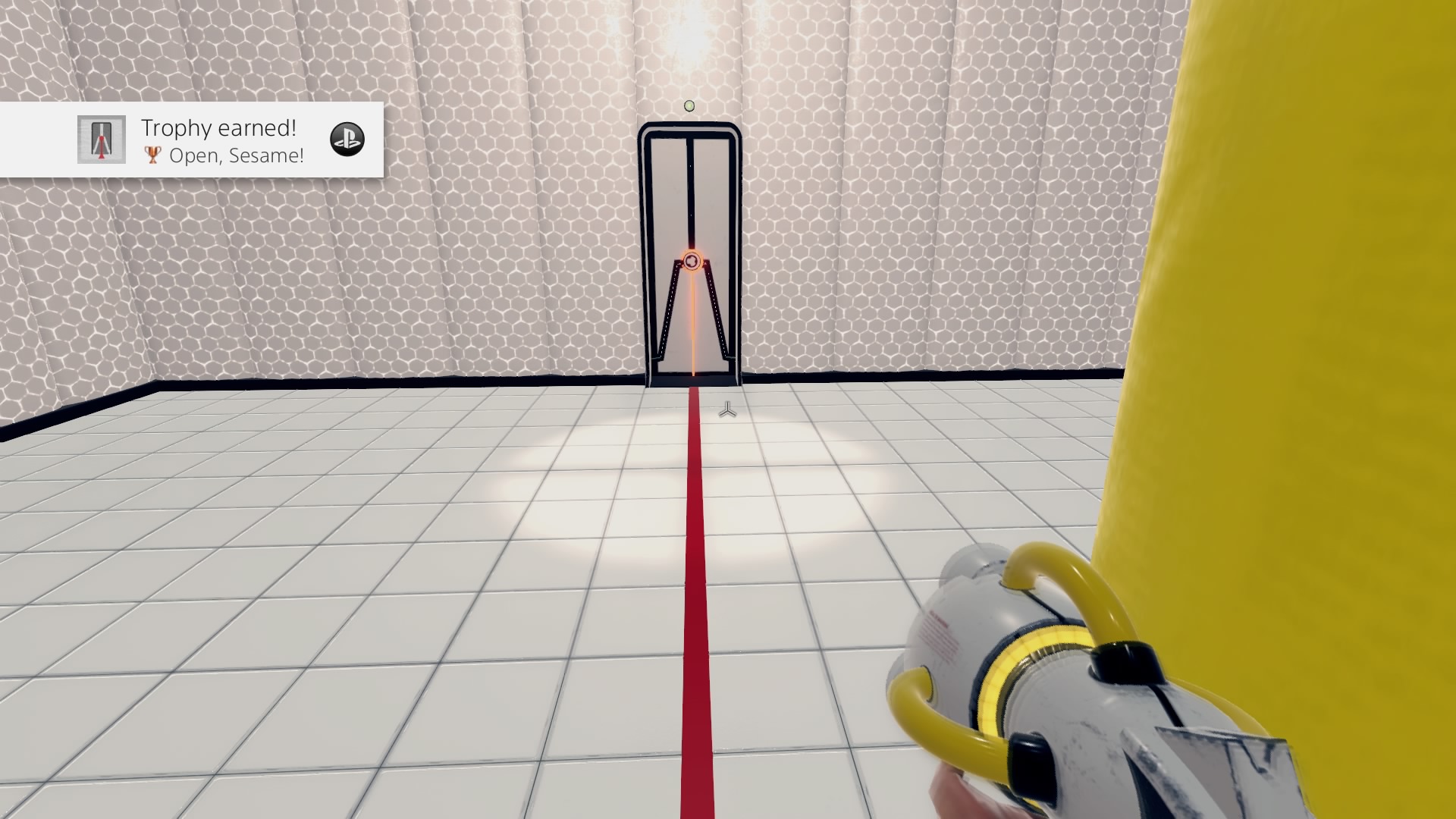
-
Chromagun_20170810232902
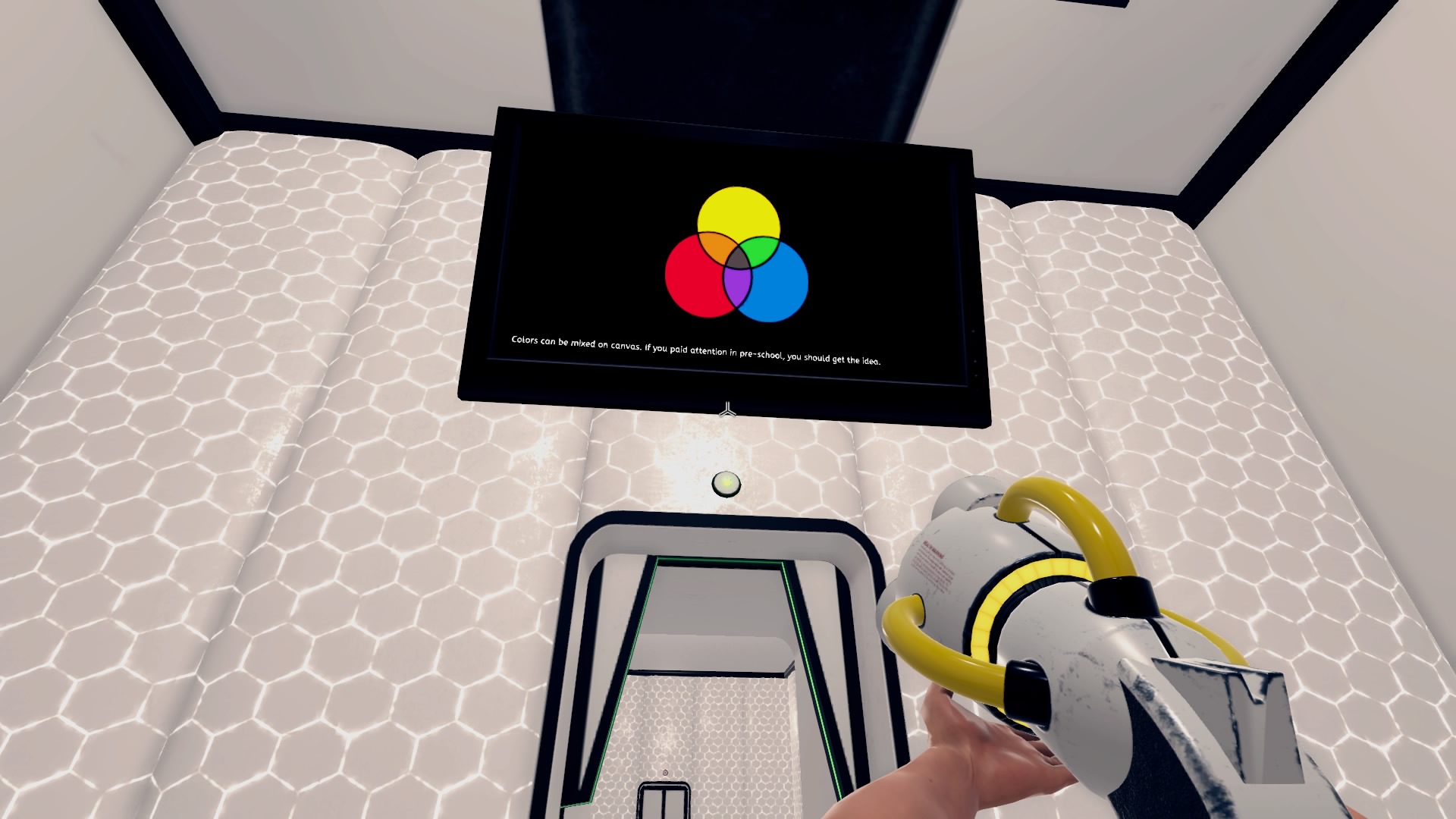
-
Chromagun_20170810233049
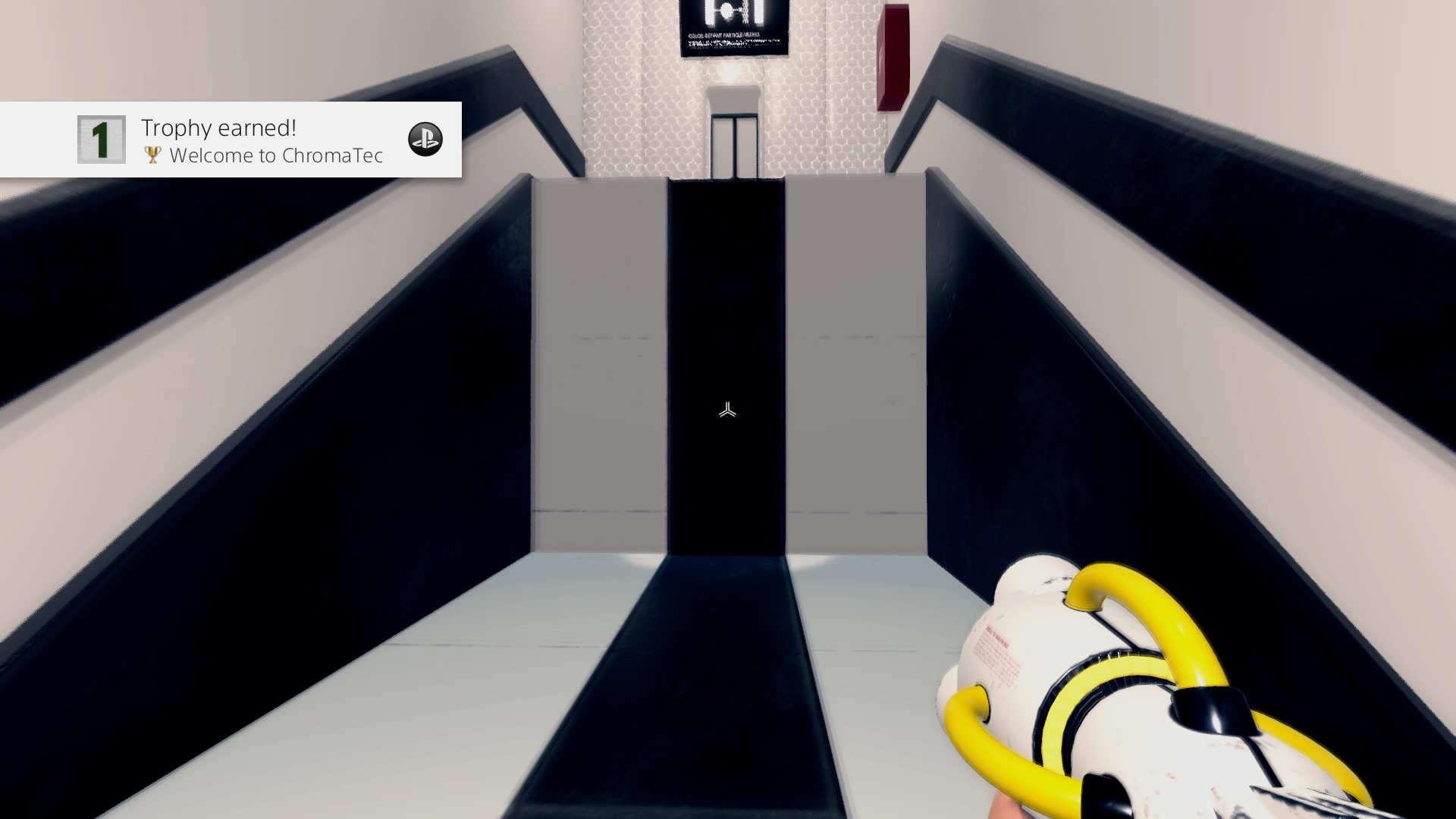
-
Chromagun_20170810233127
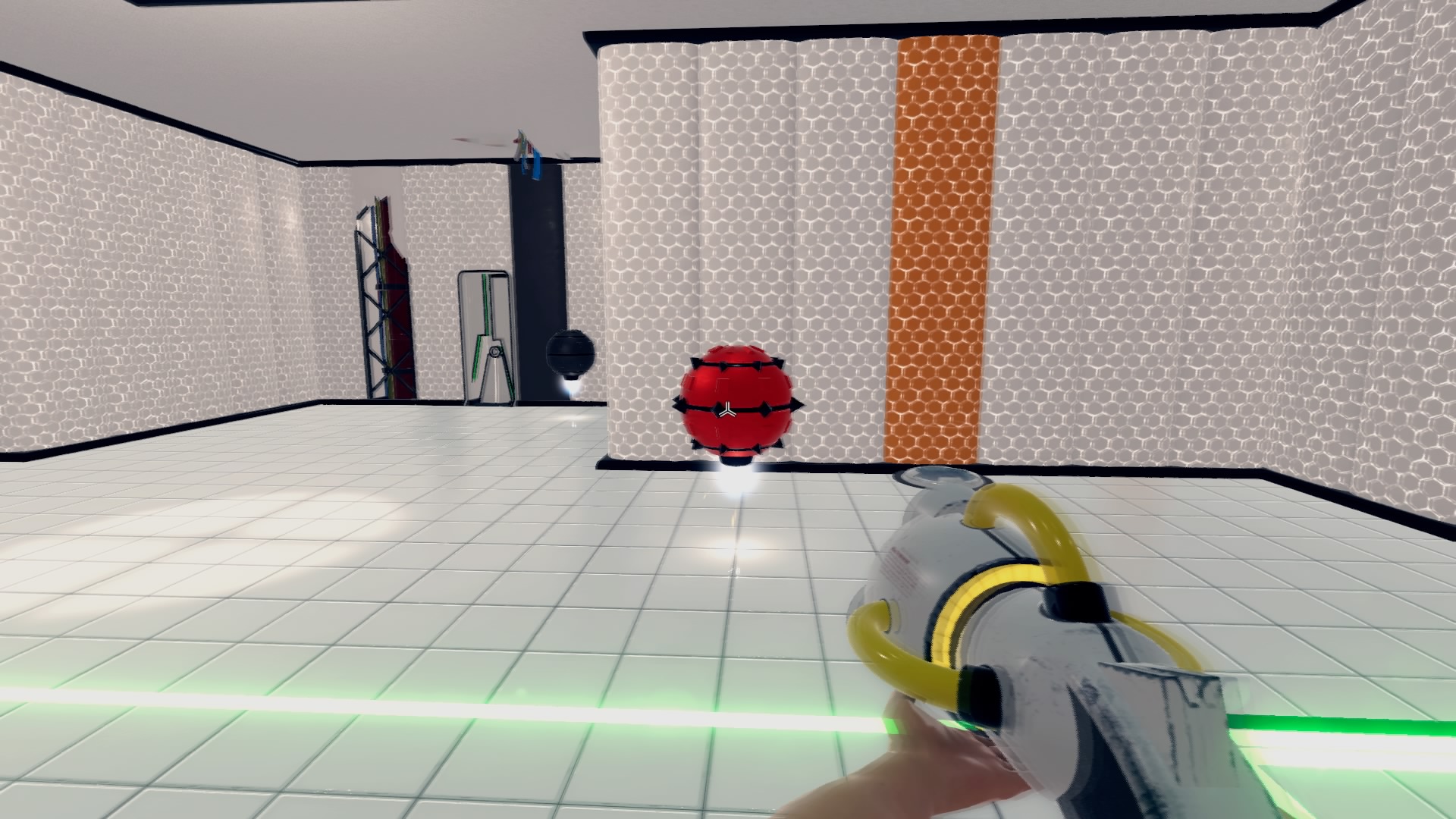
-
Chromagun_20170810233133
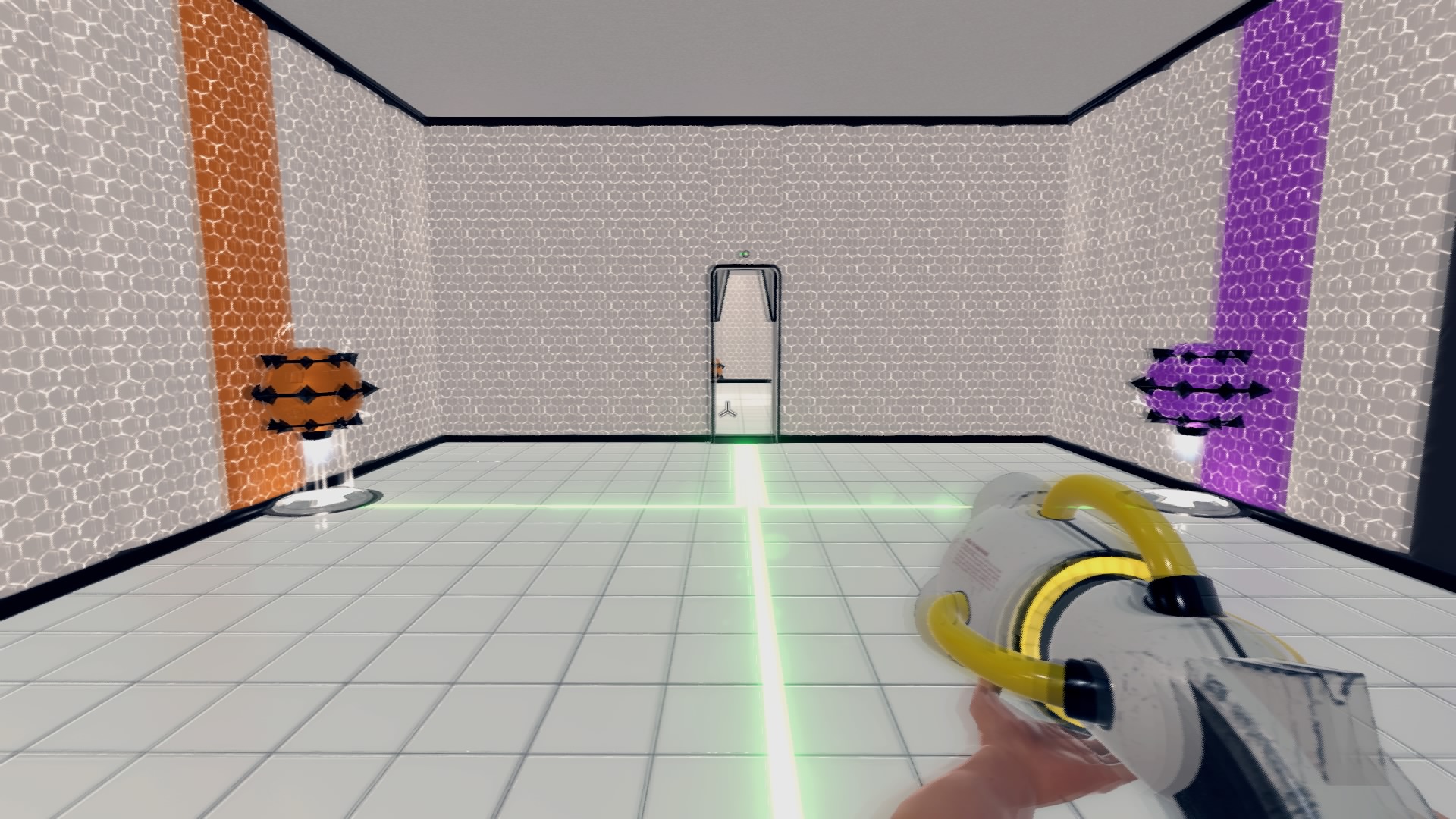
-
Chromagun_20170810233322
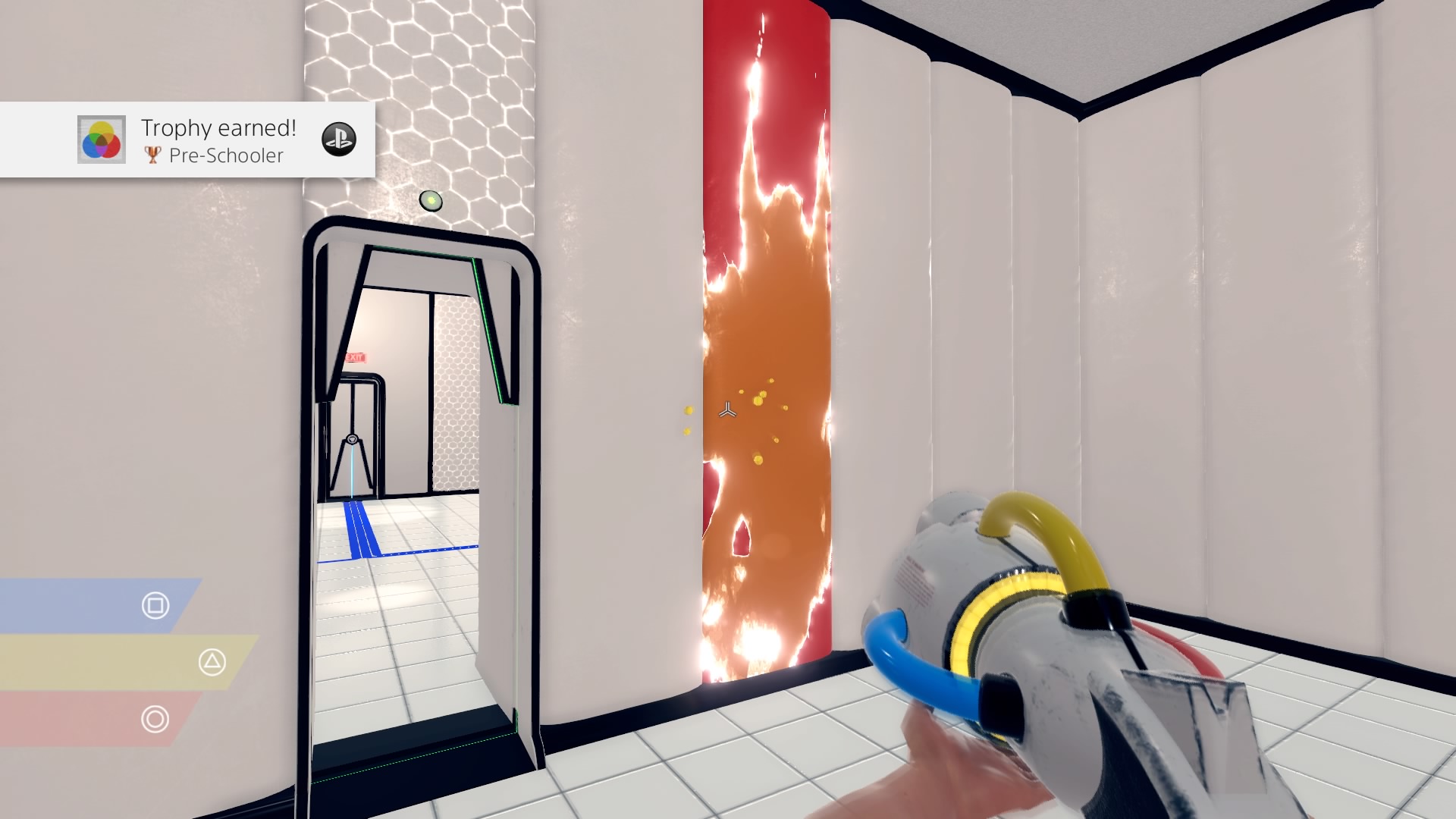
-
Chromagun_20170810233529
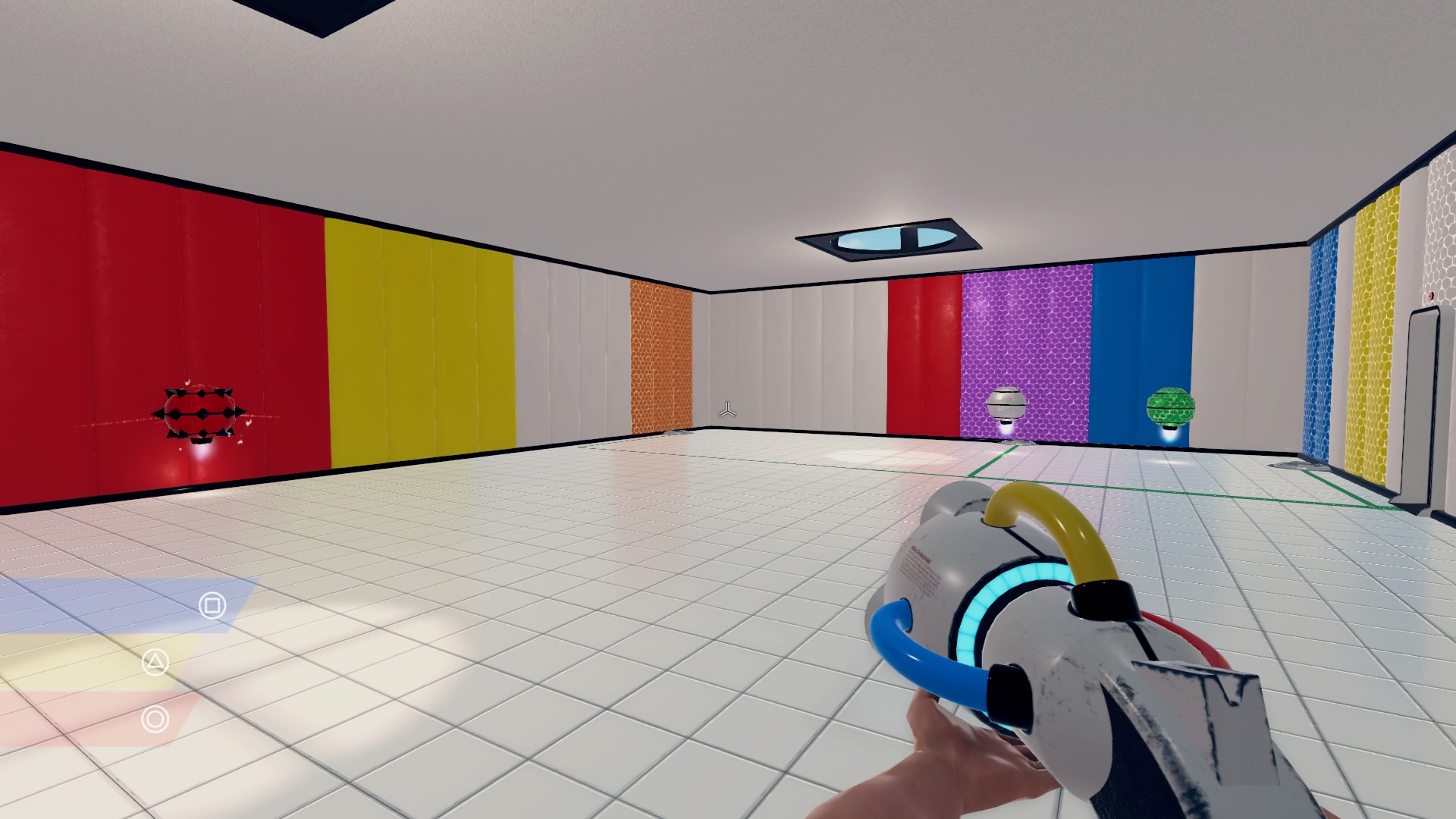
-
Chromagun_20170810234059
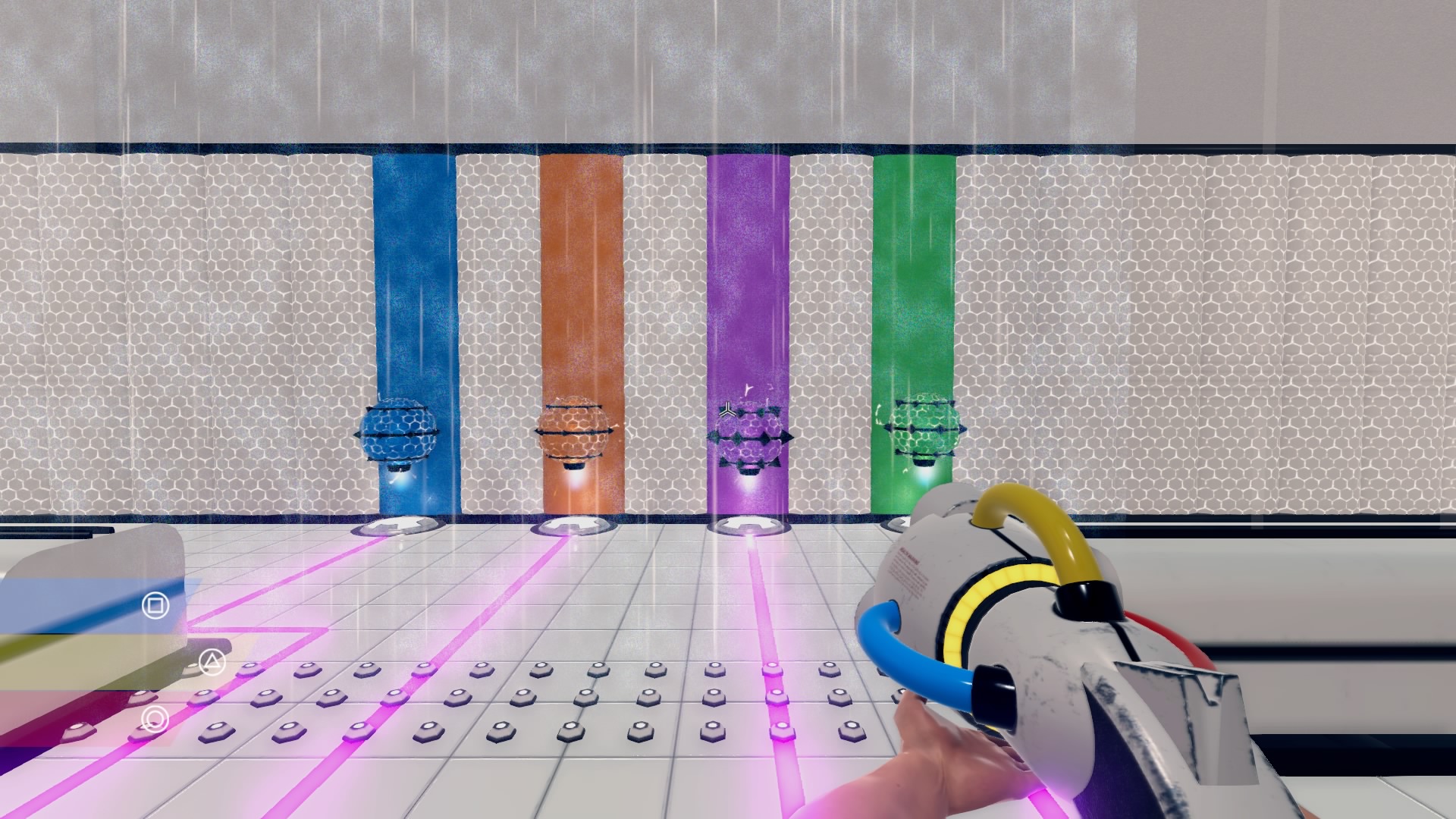
-
Chromagun_20170810234439
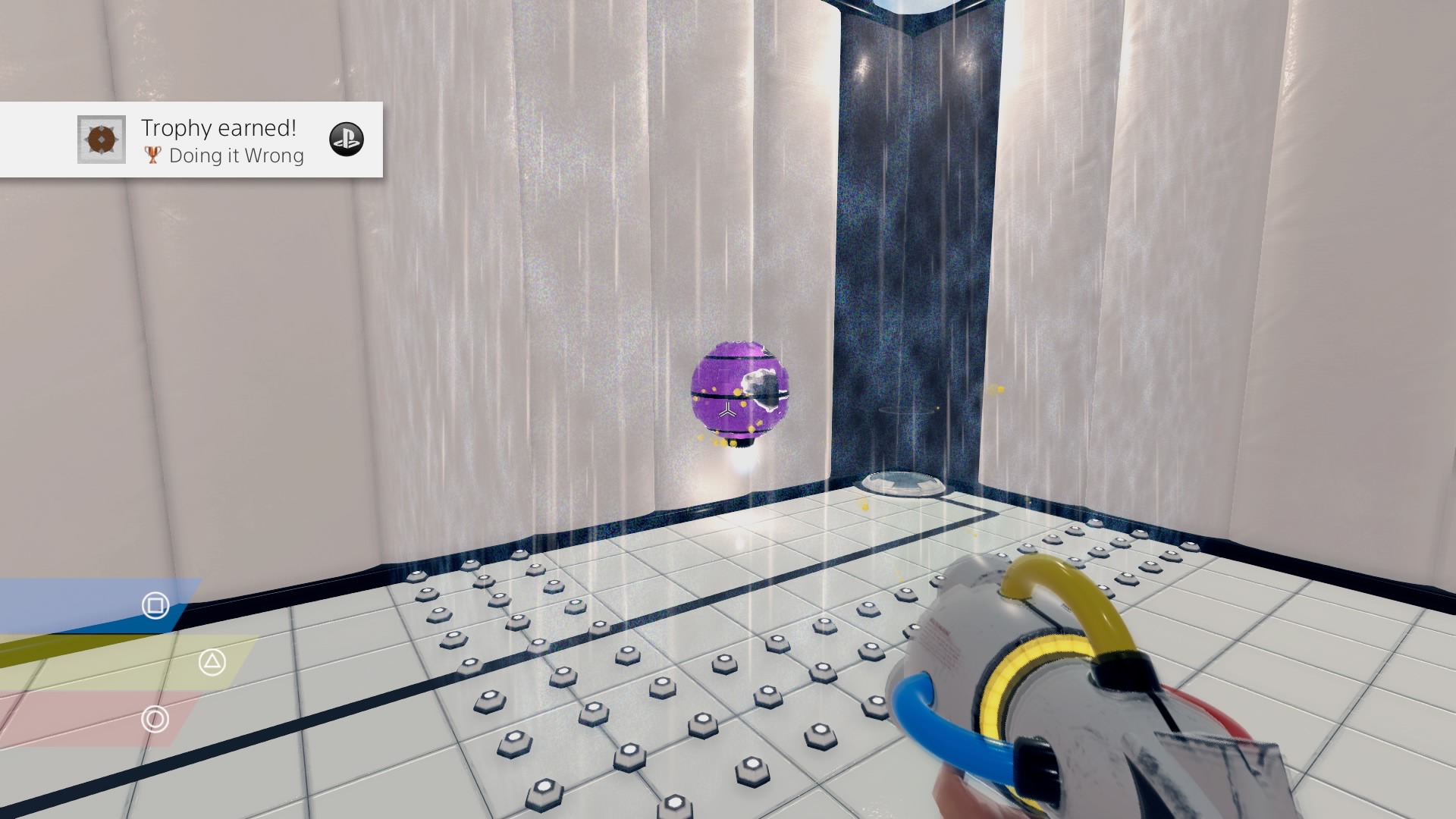
-
Chromagun_20170822002520
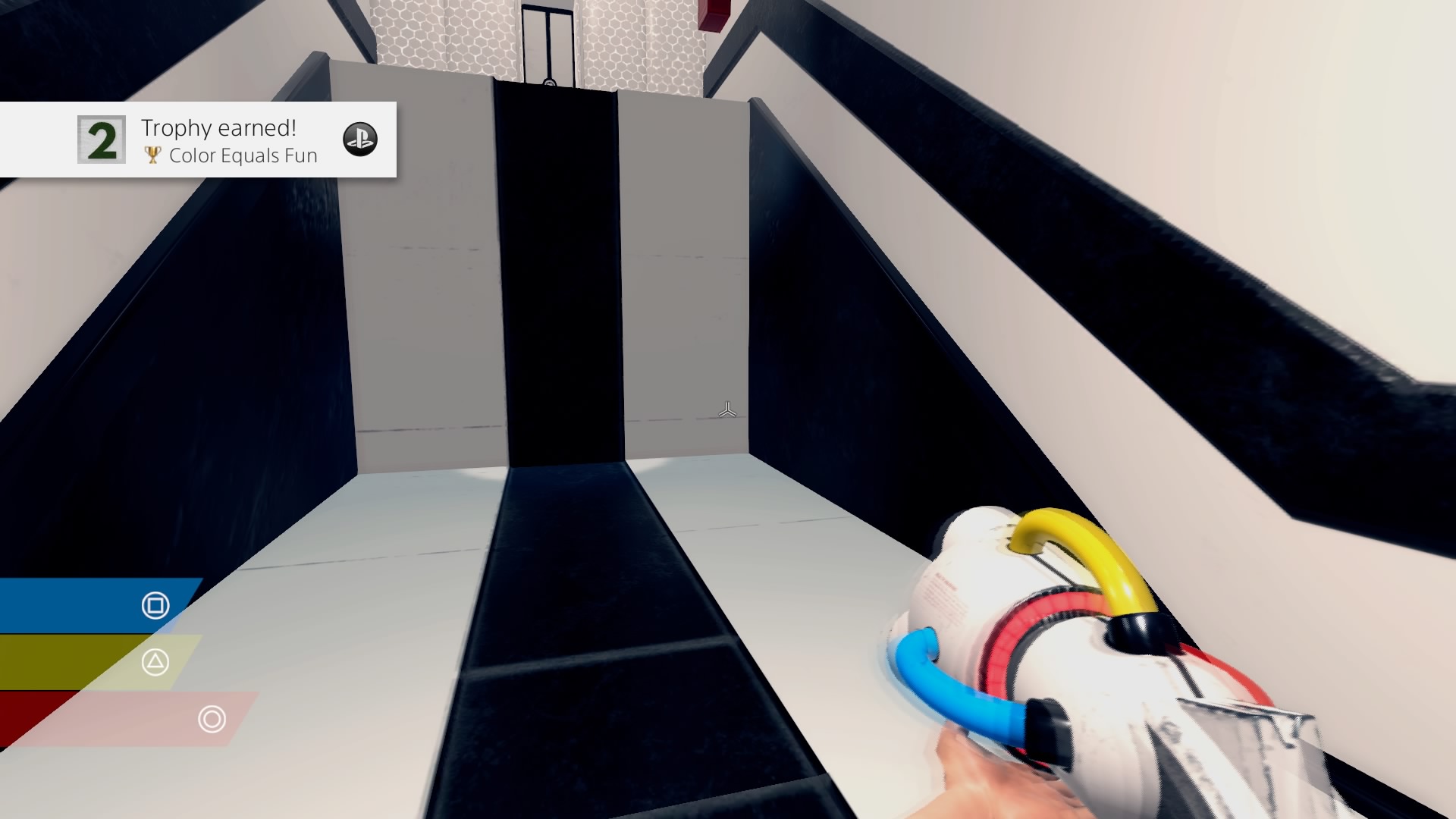
-
Chromagun_20170822002845
